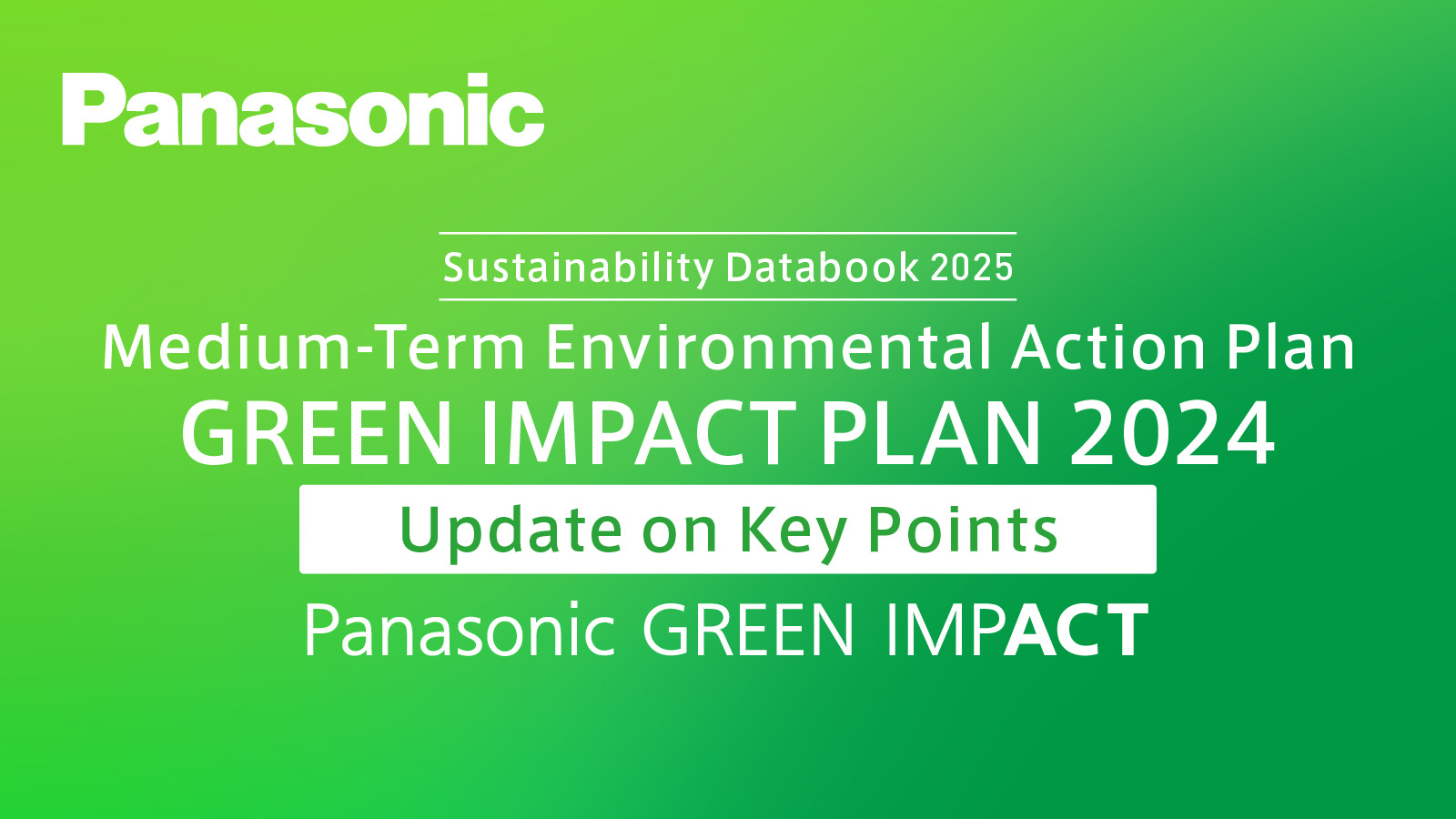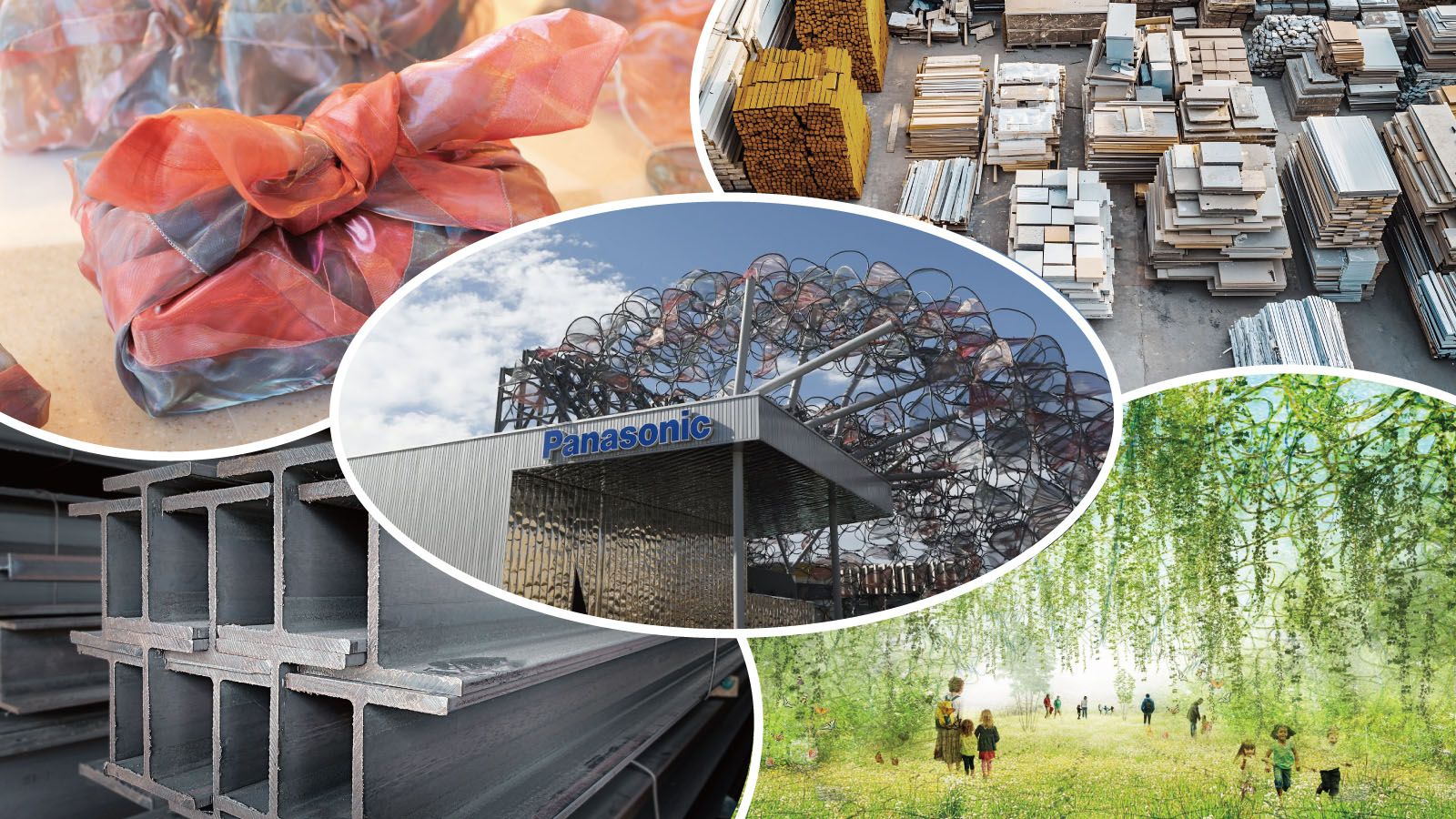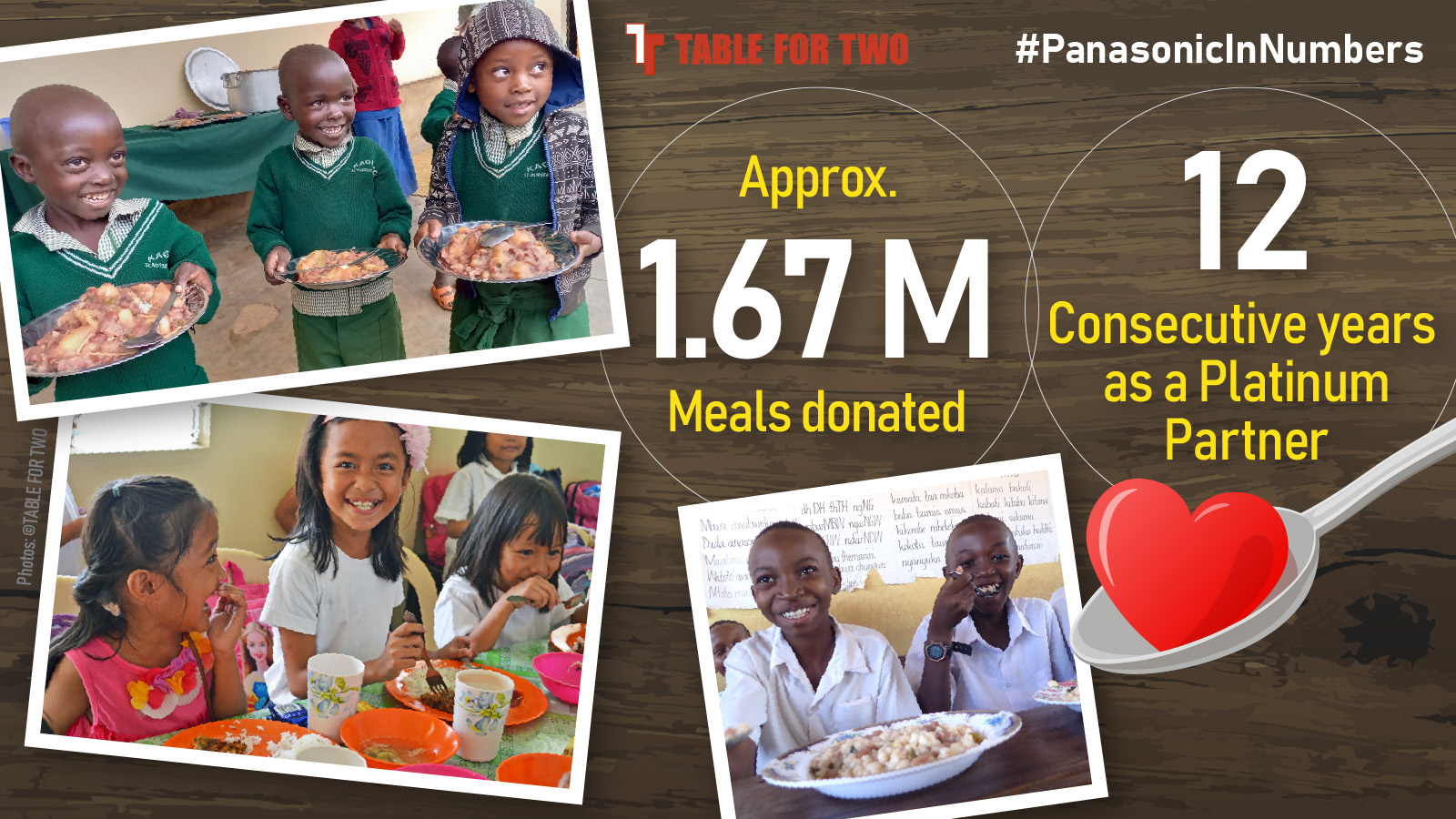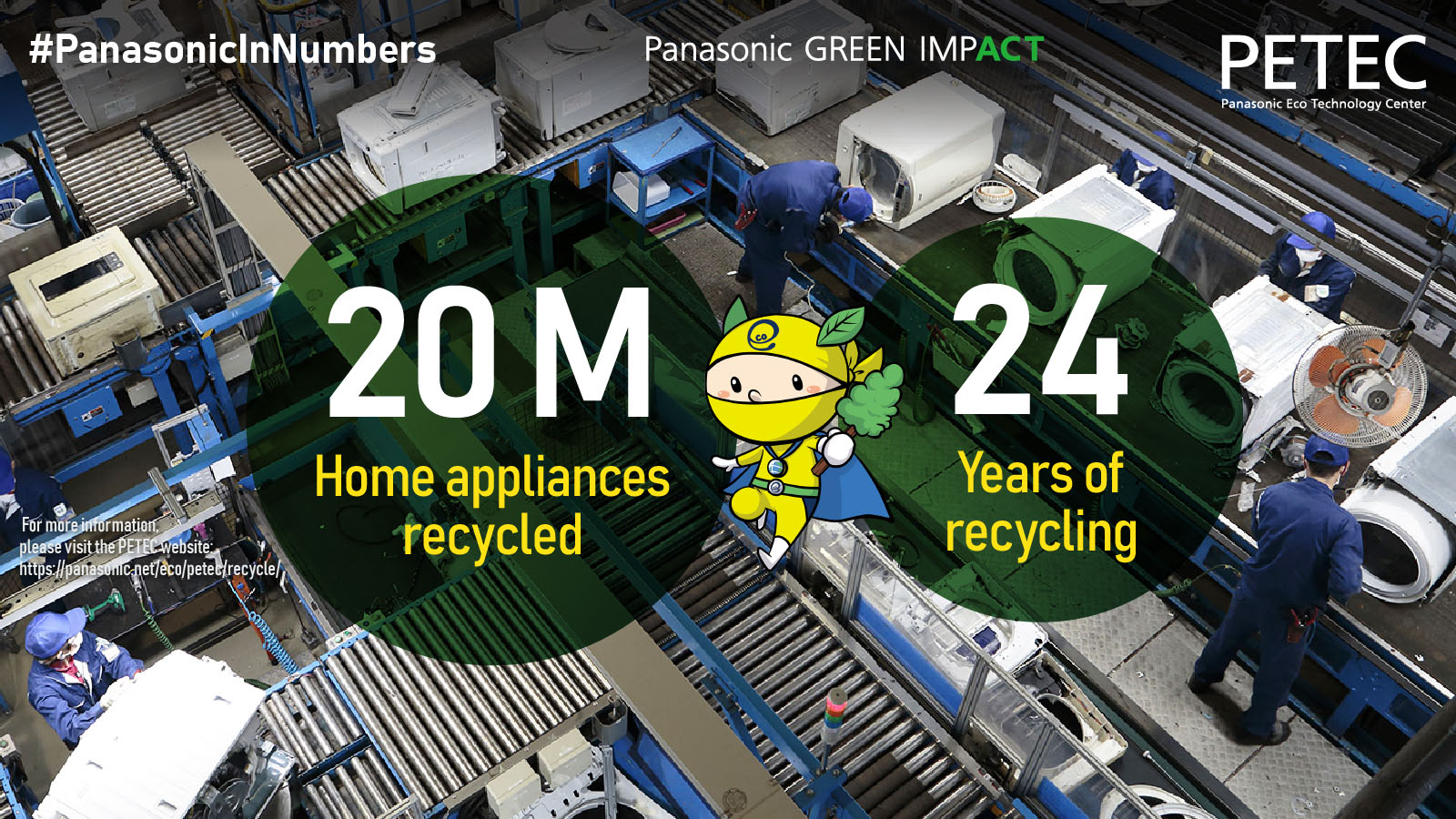Beginning in 2013, Panasonic has carried out variety of initiatives to promote electrification in off-grid areas. From 2013 to 2018, Panasonic donated more than 100,000 lanterns to 30 countries in Asia, Africa, and Latin America under the “100 Thousand Solar lanterns Project”.
Building on this initiative, Panasonic launched the “LIGHT UP THE FUTURE” project with an even greater goal: to utilize our renewable energy technology to bring light to areas that have no electricity. Positive outcomes resulting from the project include reducing reliance on dangerous light sources such as kerosene lamps (health and fire risk), facilitating medical treatment at night (including live births and emergency procedures), providing opportunities for night classes and studying, extending viable working hours, and promoting community cohesiveness through social gatherings.
Building on its initial success, Panasonic also initiated another program, called Off-Grid Solution Project, in 2018 for villages in Indonesia, Myanmar, and Kenya. To achieve the intended social impact of sustainable growth in communities, Panasonic designed an activity process for each area that yielded a variety of results after three years of implementation. One of the latest LIGHT UP THE FUTURE projects, being implemented in collaboration with UNFPA, got under way in Kenya in October 2022.











